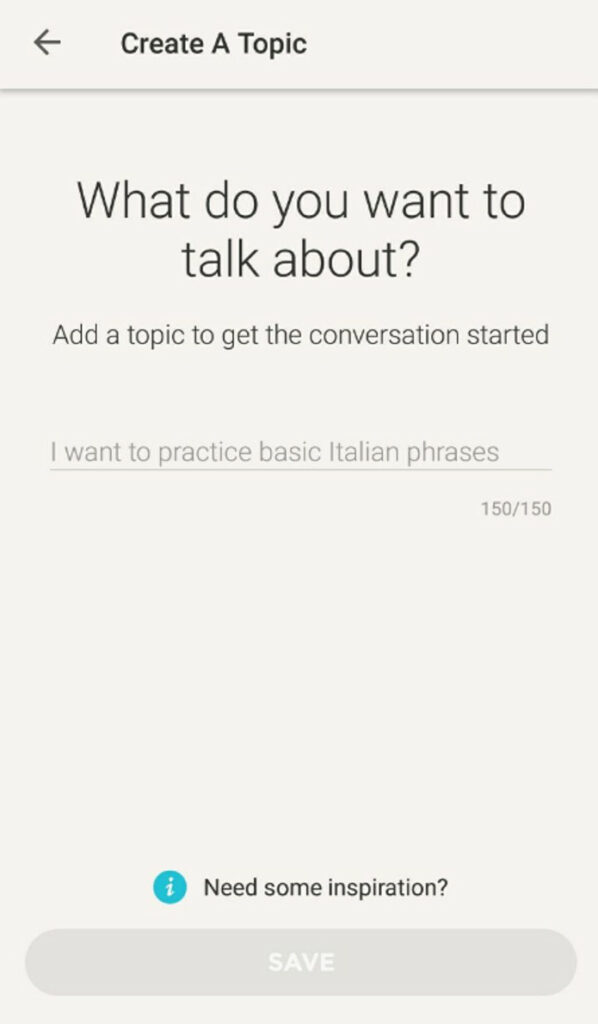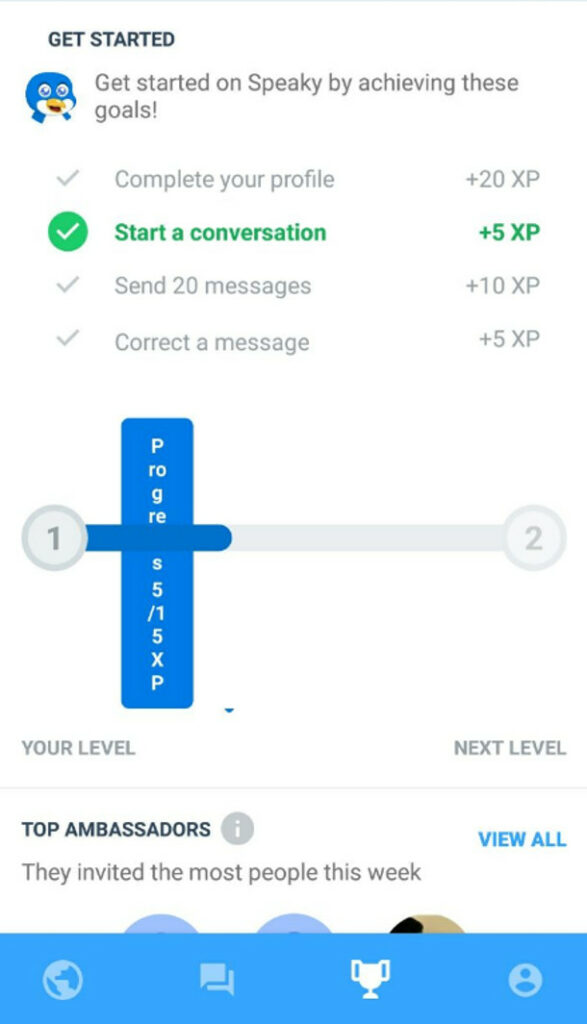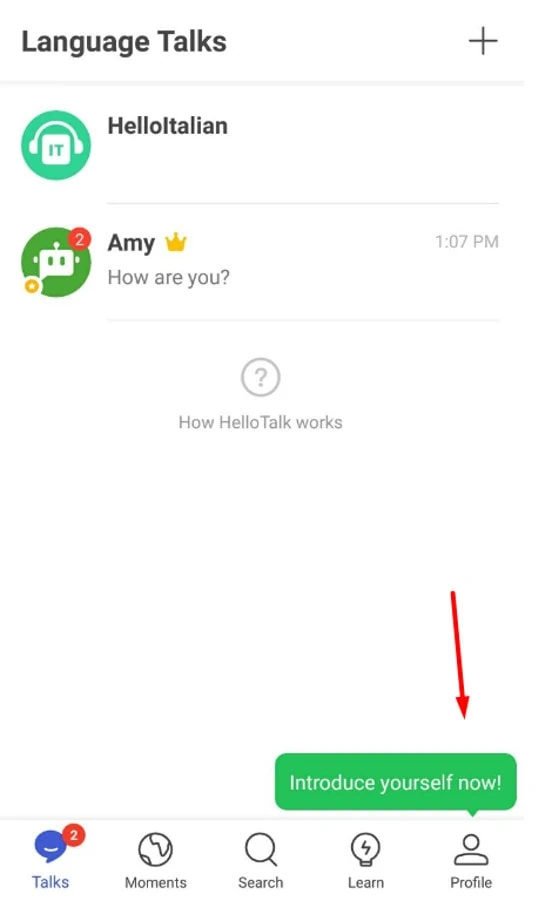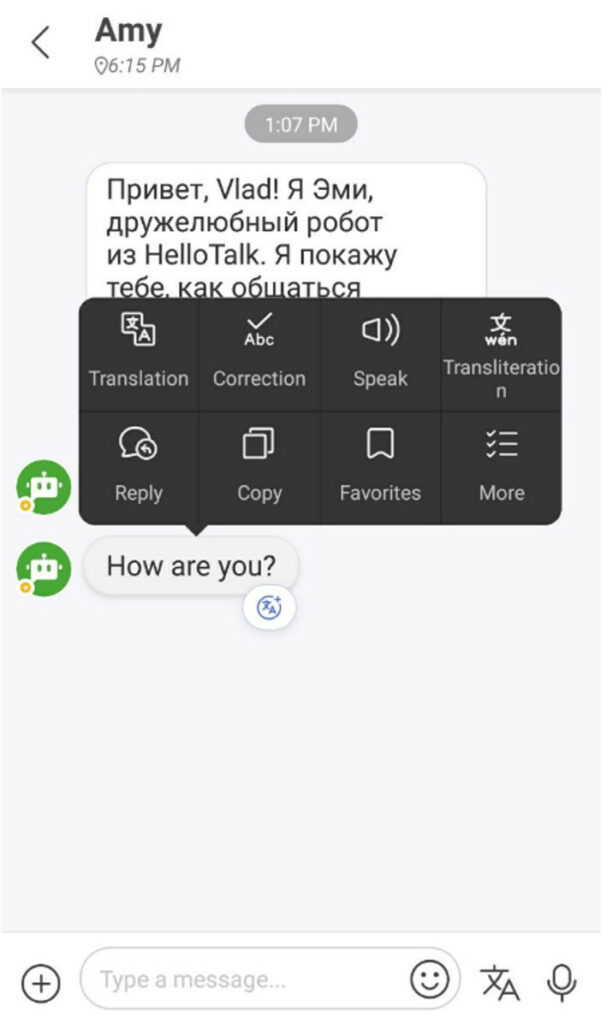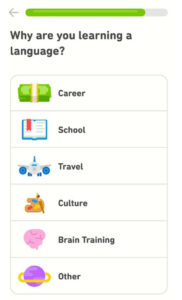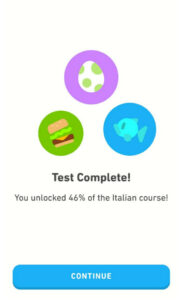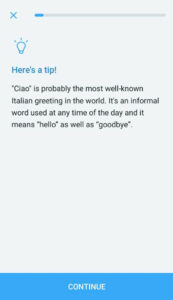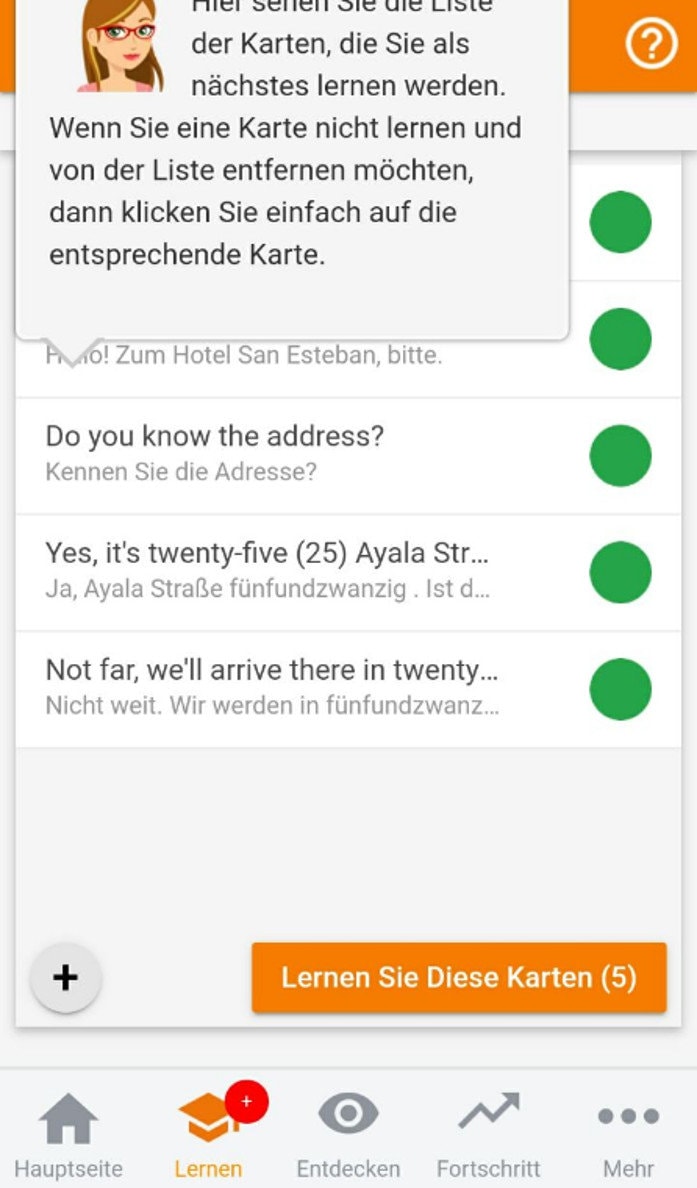Foreign languages are fun, mind-opening, and definitely useful. On the other hand, they do require a great deal of dedication, determination, and a disciplined process, of course. But mobile apps change the way we do things and how we learn languages as well.
This is why there are tons of apps, both great and not so much, that allow you to master your favorite tongue. Like any other app, it shouldn’t only bring some value but also needs to be user-friendly. Since the competition is harsh, customer onboarding is one of the priorities when it comes to user experience.
In this article, we’ve gathered 8 examples of user onboarding campaigns in the languages mobile apps.
Ready? Let’s get started!
1. Tandem
It’s one of the many chat apps I’ve tried but the only one I’m still using. I will not go into detail as to why. But one of the reasons is that as soon as I started using it I immediately got the hang of it. I just didn’t want to leave due to a well-thought onboarding process.
You need to fill out your profile by adding information like photos, age, and language preferences. You’ve done it at least once if you ever tried an app like that. But what sets Tandem apart from the rest are some additional facts that you can give to find more suitable partners.
For example, you can set up a couple of topics you want to talk about. They will be displayed on your profile, and what’s more, you can use them in search. So if you are in the mood to talk about Game of Thrones, just let the world know about it.
There are also some other handy onboarding options — like how many hours you can spend chatting; if you are down for a phone call or a meet-up in person. These small but important details increase your chances to find like-minded people. Which is what learning languages apps should be all about in my opinion.
2. Speaky
This app is similar to Tandem in the sense that it’s also a chat app. I haven’t had an opportunity to give it much time yet, but what I noticed about it is the progress system. It’s completely different from all the other apps I’ve used before.
Speaky encourages users to be more active and prompts to make certain steps with a game approach. Basically, each completed action adds a different amount of experience to your account and uplevels it. It’s a nice way of saying: hey, you haven’t done this yet (but if you do, you’ll get a reward).
In general, the higher your level the more people want to chat with you. Why? It’s proof that you are an active user that’s always willing to help. No one wants to wait for ages for a reply or simply not being corrected when needed. So this feature is definitely a plus.
3. HelloTalk
HelloTalk is probably the first language learning app I’ve ever gotten my hands on. From my experience, it’s not flawless at all. But the onboarding is not too shabby.
I’ve just created a new account to test it out — and I immediately see a pop-up helping me with my first steps.
However, this feature is rather common, agree? In my screenshot, you can also see a bot called Amy. She’s kind enough to walk you through all the chat functions that you can use in your next conversation with a real human.
Seeing that it’s the first message you get after the sign-up, chances are you will open it and have some practice. I don’t think I’ve seen anything like that before, so extra points go HelloTalk’s way.
4. Duolingo
It’s time to speak about some real giants in this niche. Duolinguo has been around quite some time and has already become a meme. For a reason, of course. This app has probably one of the best onboarding processes I’ve seen.
It starts off with asking a number of easy questions with answer options. For example, why you are learning this or that language.
This stage is quite effortless and will take you less than a minute to pass.
Once you are done with that, you will need to say if you are a beginner or know a thing or two. I took the second route. The next screen contains a short description of the test and it’s enough for me to accept it. It would take only about 5 minutes anyway.
At the end of the test, it tells you how many courses you’ve unlocked.
The test is also a nice warm-up before the real challenge begins.
I like that from the word go you are already immersed in the language. This way, you are invested in what happens next.
5. Busuu
It’s an AI-powered language learning platform. Currently, you can learn 12 languages: English, Spanish, French, German, Italian, Portuguese, Chinese, Japanese, Polish, Turkish, Russian, and Arabic.
As the app has hundreds of lessons for different proficiency levels, you can take things slow and learn at your own pace. A particularly interesting thing was the tips offered in each lesson. They give deeper context for the phrases and words you learn.
The good thing is that you can always come back to the lesson and revise the tips given.
6. Drops
If you are into games, Drops is probably the most suitable solution for you. It provides an effortless, visual language learning (as they describe themselves is what the app is all about).
On opening the app, you will be prompted to complete a short tutorial. During this onboarding part, you get to use the most common features. All of the steps are accompanied by quick tips and pop-ups streamlining your learning process.
7.MosaLingua
It’s a paid app (free for learning English) aimed to get you to learn the basics or brush up your memory. At the onboarding stage, you can choose your goals that will shape your learning material:
While studying, you are accompanied by your “personal” coach that gives useful tips. This way, you always know what to do and don’t get stuck. Should you not want to learn a specific word or lesson, you can easily skip it.
Apart from that, each segment comes with a description you can open any moment to understand how something works.
8. HiNative
HiNative is kind of like Quora, but for language learners. No question is stupid there so you can get help for any struggle you have. Be it pronunciation, grammar, punctuation, etc.
A nine-step onboarding process walks you through and shows you everything you need to know about the app.
So a big plus to this app for:
- Making the introduction short.
- Allowing me to do the basics at the beginning rather than just showing me a video tutorial.
You get to answer a default question and ask your own which will be posted at the end of the tutorial. It took me around 2 minutes to finish it, and it was ready to take action.
Want to create your own onboarding process?
No matter how easy your app is to use, the onboarding process should be one of your priorities. Not only does it help your users get the hang of the functionality but it can also be the reason for them to use your app more frequently.
In 2020, there’s no shortage of onboarding best practices you can implement. Not to mention your creativity. Obviously, it will depend on your niche, business model, budget, but one of the ways to go is to build in a chat window into your app.
Why?
Two things:
- You can base your whole onboarding campaign on it by using auto messages and manual messages. It allows you to streamline the process with the help of one system. Which is quite convenient, don’t you agree?
- Secondly, live chat offers many more possibilities like customer support, retention, or feedback collection. The world is your oyster here. You can easily take any angle and get a custom solution for your business.
Final thoughts
Language niche is quite big and saturated. Every app creator does their best to find and implement a new vision on language learning. This makes the competition fierce.
But it’s not only about the approach or idea behind the app. It’s also the battle of onboarding solutions. At the end of the day, it has to be a combination of clear and easy-to-follow instructions, engaging and appealing content, and fun experience.
The article features some of the most common apps (even not all of them). So there are tons of similar options you can choose from. And one of the factors that contributes to their success is how well the app is presented right from the beginning.
If I get bored going through your tutorial or unclear about, what are the chances it will get better later? People are likely to churn rather than continue.
Hope this article helped you learn more about different onboarding types and tricks. Over to you now! Feel free to ask questions or leave a comment below!


